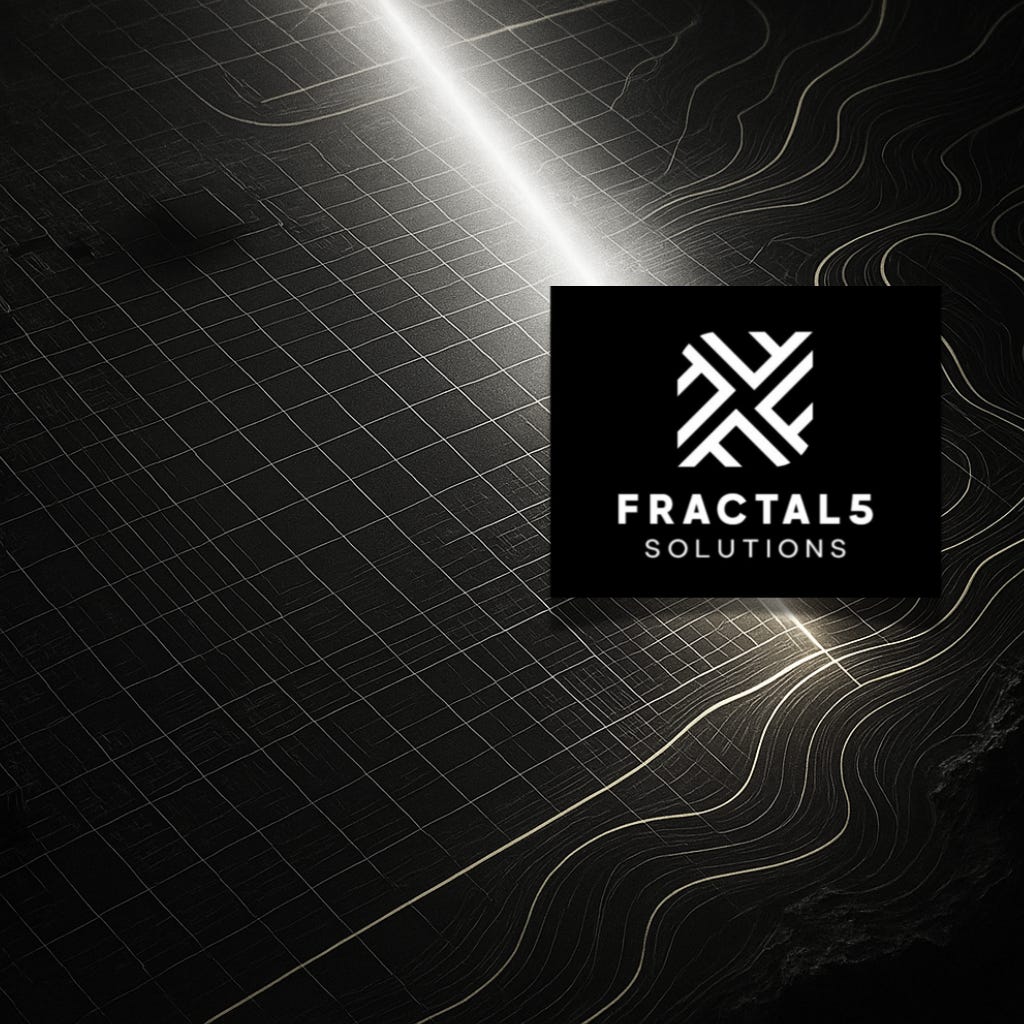This isn’t a product announcement. It’s a turning point—for my work at Fractal5 and for those trying to run real missions in an unreal world, and for anyone feeling the daily friction of legacy tools that can’t keep up with reality. The problem now isn’t just inefficiency—it’s illegibility. Leaders don’t just lack control; they lack a live model of the systems they’re supposed to govern.
We’ve integrated NVIDIA Omniverse into our Engine Cloud layer—because both Canada and the U.S. are confronting system-level failures that demand multidimensional responses. From the strain on North American trade corridors under competing tariff regimes to the inability to model defense logistics during NORAD modernization, and the breakdowns in medical infrastructure exposed during COVID—every institution now requires a way to simulate complexity, model policy before deployment, and command action from an intelligent interface. This is where our principle of “truth rendered” comes alive—not as metaphor, but as executable space. This is where “command-as-design” becomes architecture, giving leaders a live, dynamic model of their obligations and options—not in abstraction, but in form.
This demand isn’t theoretical. Legislators are flying blind into supply chain disruptions. Ministries of health deploy budgets and infrastructure without real-time behavioral modeling. Municipalities lack digital twins of the urban systems they manage. What’s needed isn’t more data—it’s coherent, navigable space in which data can breathe, compute, and act.
This isn’t about novelty. It’s about clarity. Simulation is no gimmick—it’s survival. Governments, campaigns, agencies, and field operators need a way to model consequence, allocate action, and train AI in spaces that mirror the real world. Until systems are rendered in a responsive frame, they remain ungovernable. Until decision-makers can walk through their data and act, they remain hostage to dashboards that can’t keep pace.
Broken Systems Demand Better Interfaces
Look at North America today: cross-border economic dependencies entangle Canadian and U.S. policy across trade, defense, and health systems—yet most of these domains are still managed through spreadsheets, outdated forecasts, and human guesswork. Despite billions in investment, few institutions possess an integrated way to model feedback loops, externalities, or black swan scenarios.
The need for intelligent infrastructure isn’t abstract. It’s evident in:
Delayed procurement pipelines during defense realignment and NORAD modernization
Fragmented health system responses during the COVID-19 pandemic
Tariff ripple effects cascading through supply chains, disrupting labor, pricing, and logistics
Inability to simulate economic policy impacts before implementation
Urban transport systems unequipped to forecast zoning or migration shifts
Public trust erosion as institutions fail to visibly respond to crises
These are not just governance failures—they’re interface failures. No system can be governed if it can’t be rendered.
Dominion OS exists to correct that.
What We’ve Built
This isn’t theory. Dominion OS enables:
Urban planning environments where zoning changes are rendered, tested, and understood
PAC dashboards where narrative drift and budget impact unfold in 3D
Emergency overlays where wildfires, pandemics, and evacuations are coordinated from XR command centers
Unreal Engine compatibility that allows decision-makers to stand inside the data they govern
Digital twin integrations where policy can be versioned and replayed against historical or projected models
A modular, intelligent interface where AI is not an afterthought—it’s the logic of the space itself
Most won’t believe it until they see it. That’s fine.
We built it anyway.
📡 Explore Omniverse Solutions
If you're unsure how you'd use this—good. Stay curious.
You don’t need a proposal. You need a mission.
Write us. Tell us what you’re building, protecting, or trying to govern. Describe the system that breaks your heart or inspires your mind. We’ll simulate it, design its architecture, and show you how to command it.
We’ll walk through it with you—rendered, real-time, and reconfigurable.
Because this isn’t about technology. It’s about responsibility—the kind that was missing when policymakers couldn’t forecast cascading tariffs, failed to coordinate real-time medical logistics during a pandemic, or left Arctic sovereignty vulnerable because they lacked tools to simulate consequence.
Simulation isn’t optional anymore. It’s how responsible actors train, test, and decide.
Engine Cloud is where responsibility becomes real—where the burden of leadership meets the architecture of sovereignty. It is not just a service layer; it is a commitment to command—a system built for those who must hold complexity, make consequence legible, and render decisions in real time. Here, sovereignty is not a slogan—it is a system, orchestrated and operational.




